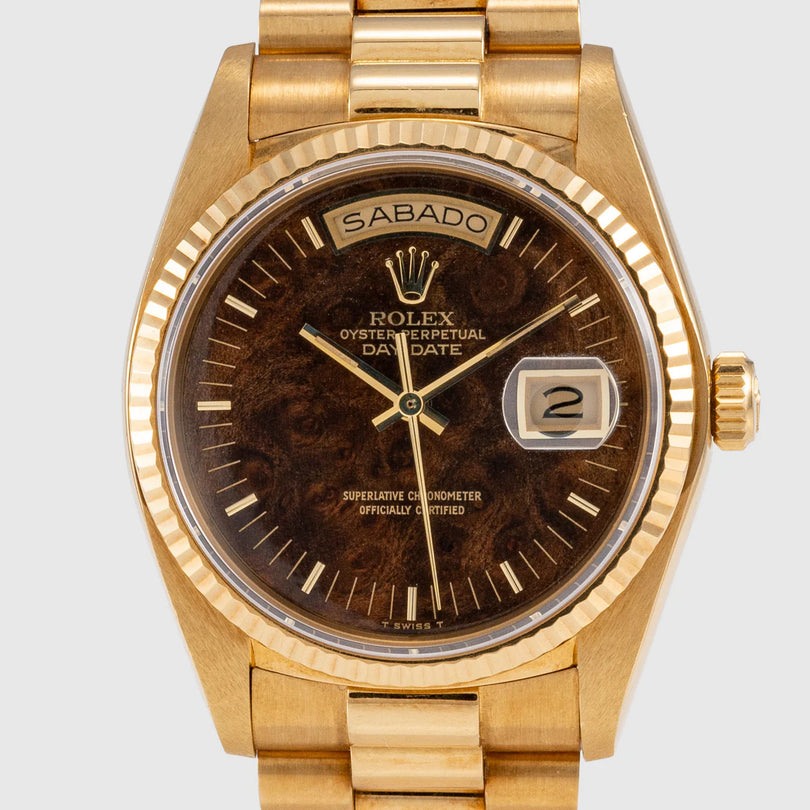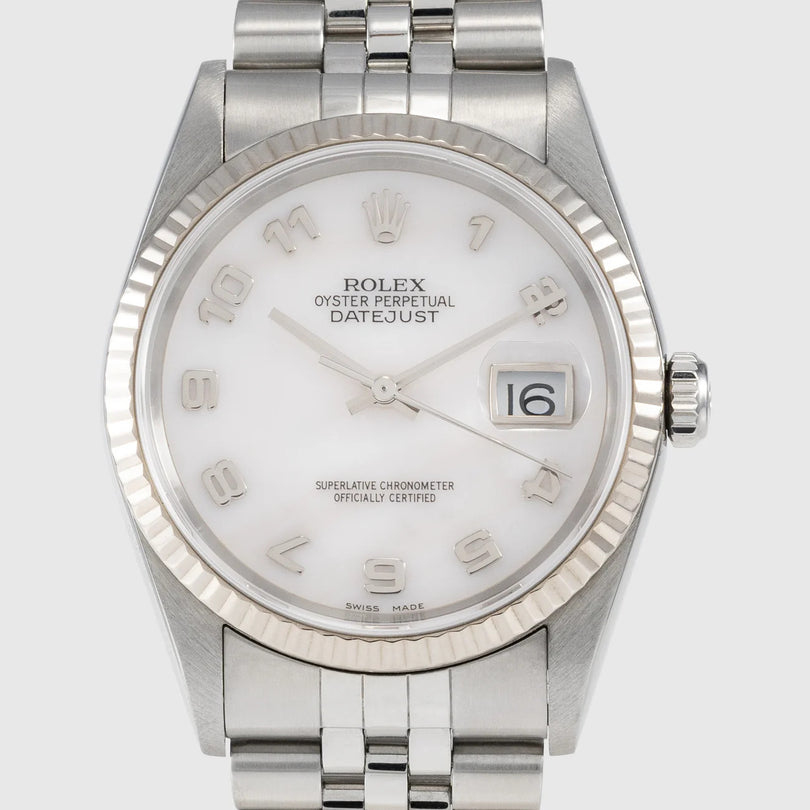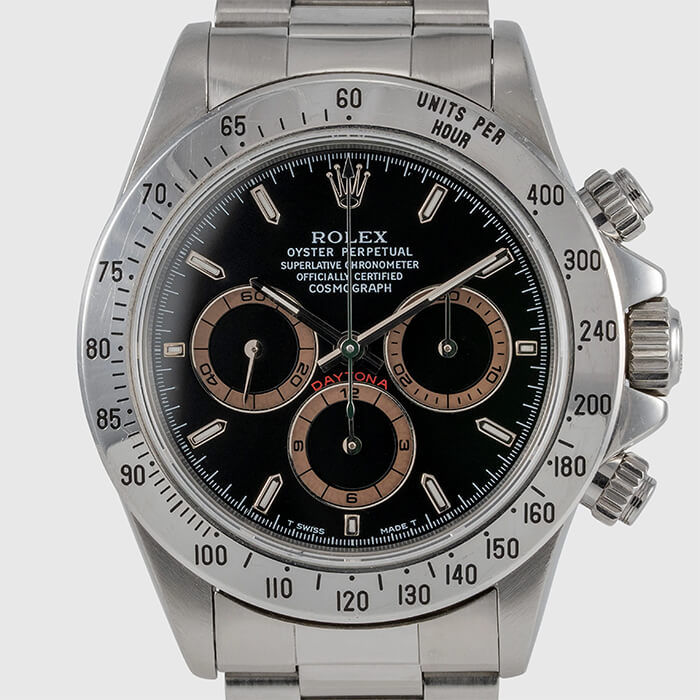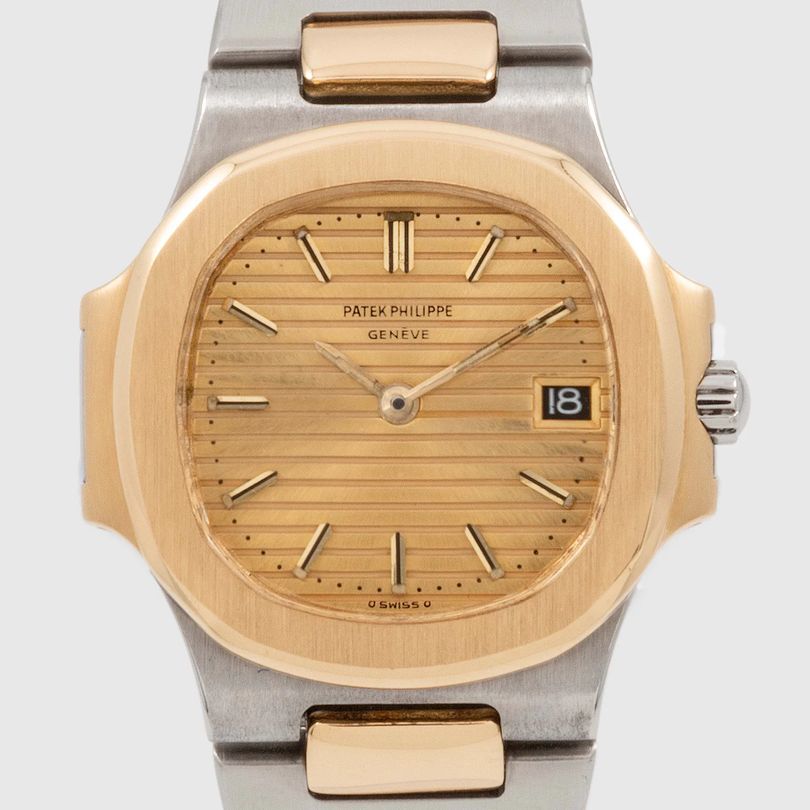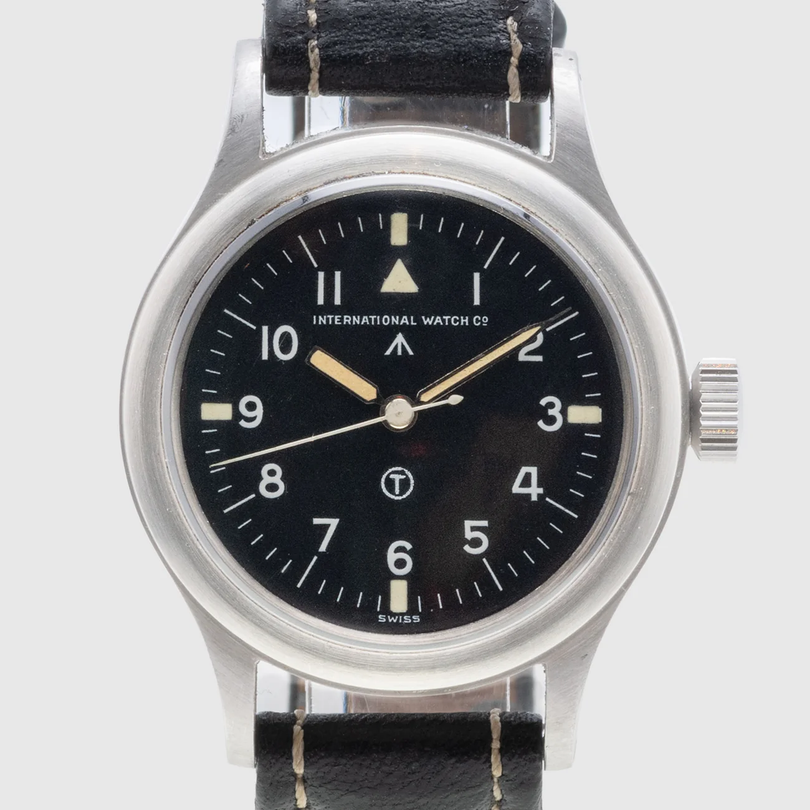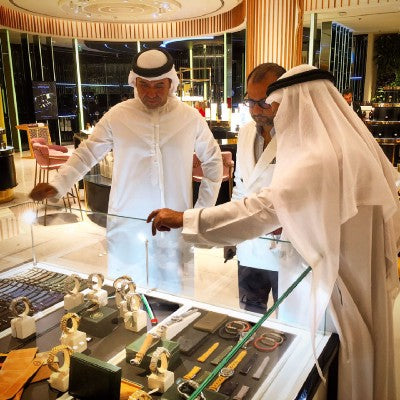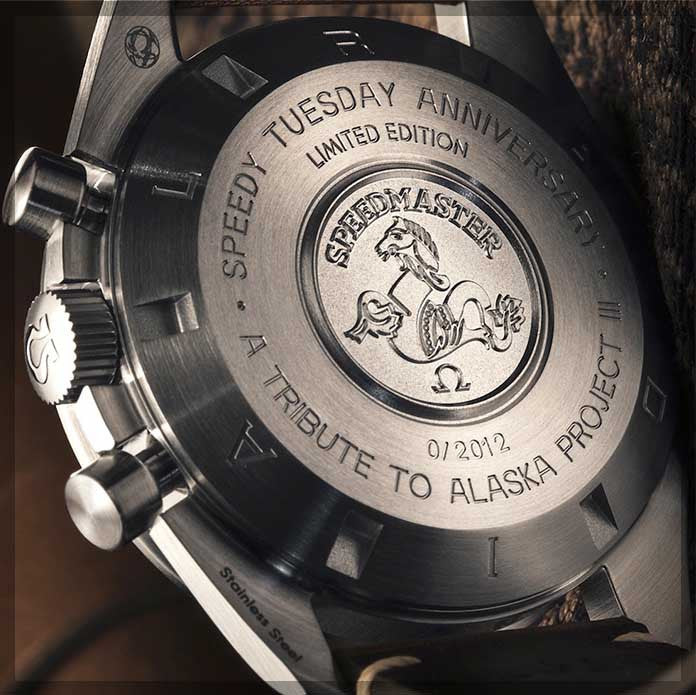
Enthusiasts of vintage motor racing, and the legendary watches that go along with the sport, are in for a unique treat this December in Abu Dhabi. Historic F1 is coming to town.
From the end of the 60s to the mid-80s Formula 1 racing enjoyed a glorious Golden Age. During this time, racing tires got wider and fatter, while lap times got shorter, and top speeds kept going up. Remember when we saw cigarette brands on the tail fins, instead of energy drinks?
Speaking of racing thoroughbreds – the event will also include some of the most-loved racing watches of all time.
As an official partner, Momentum Dubai will be celebrating the spirit of split-second timing and Master-Horology on the track side. Besides the watches inspired by motorsport, there will be a few other iconic watches too.

Perhaps the most famous of all racing watches is the Rolex Daytona. The “Crown” has been a partner to motor racing since the early 1930s, when they sponsored the legendary speed demon, Sir Malcolm Campbell. He set 5 of his 9 records on the sandy beach race track of Daytona, USA – hence the name we know so well.
While motor-racing technology was improving by leaps and bounds in those decades, watchmakers faced a new challenge – how to measure lap times down to the tiniest fraction of a second. A new kind of chronograph was needed – so the Swiss master watchmakers set to work.
When Formula 1 racing became official in 1950, it was not Rolex, but Heuer that took center stage with their manually wound mechanical chronographs.
Ferrari, Lotus, Lancia and Maserati used chronographs by Heuer – and back then, very often these were operated by the driver’s girlfriends or wives – and lap times where recorded on paper. There was a lot of room for error, and downright cheating.

TAG Heuer laid the ground-work for modern race timing in the seventies by developing their ACIT system (Automatic Car Identification Technology). Small transmitters were fitted to the cars that sent a unique frequency to a receiver at the finish line. At the 1971 Italian Grand Prix in Monza the first five cars came across the line with only 0.061 seconds between first and fifth place. Without Heuer’s technology, nobody could have singled out the winner.
Chronometers and racing have an enduring relationship. TAG Heuer, Longines, Hublot, and most recently, Rolex, have all been Official Timekeepers of Formula One racing at one time or another – so it’s only fitting that these magnificent machines get their proper place in Abu Dhabi on race day, next to the racing cars.
The Historic F1 line-up will pull away this December, and it promises to be an exciting, action-packed day. While most of the attention will be focused on the race track, there is sure to be more than enough time to reminisce about the Golden Age of race timekeeping too.
